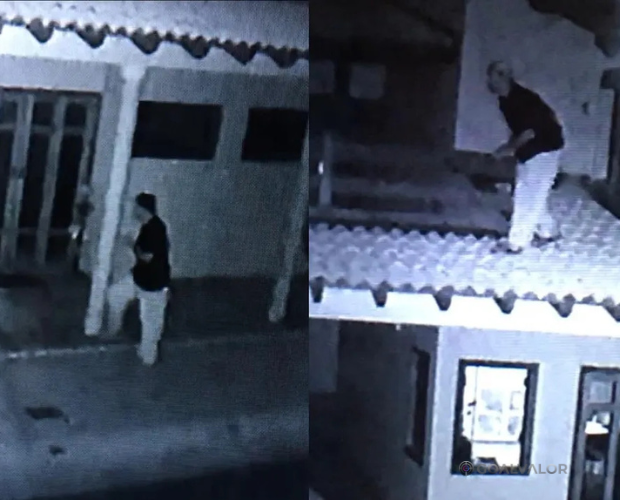There’s something unsettling about the idea of being robbed without even being touched. No wallets ripped from pockets. No hands reaching in your bag. Just a bump on the bus. A shoulder brushing yours at a café. You wouldn’t even notice. Until you see it: small, seemingly random charges on your account. Two euros here. Five pounds there. You didn’t make them. And yet—they’re yours now.
We live glued to our phones, cards, smartwatches. Hotel key cards. Work IDs. Travel passes. All constantly emitting, waiting for a signal to respond. That’s the beauty—and the danger—of RFID and NFC technology: data exchanged wirelessly, with nothing more than proximity.
And this is exactly where the new pickpocket thrives.
No hands. No violence. No trace.
In cities, contact is routine. Trains, concerts, rush hour. Physical closeness is camouflage. A criminal with an RFID/NFC reader hidden in their coat can scan your card while you’re packed into a tram or standing in line. No PIN needed. Just a transaction below the limit—say £30 or €50. Enough to go unnoticed. Easy to repeat. One person after another.
It happens at bars, too. You’re out on a Friday, sipping your drink, chatting. Someone reaches behind you—maybe to grab a napkin. Maybe not. Their phone or reader, hidden in a jacket, quietly harvests the data from your contactless card. No alarms. No signs. Just your money... slipping away.
The uncomfortable side of convenience
NFC and RFID promised us speed. No need to swipe, no need to tap buttons. Access with a glance, pay with a gesture. But that convenience comes with exposure.
Your card has a chip that talks to readers within seconds when nearby. Mobile devices add layers of protection: fingerprint, face scan, or passcode. But cards? Cards don’t. And criminals know it.
What can you do?
Start by acknowledging that contactless theft is real. This isn’t science fiction. It’s happening in cities like yours. Check your bank statements regularly—not because you’re paranoid, but because you’re smart.
Next: block the signal. Use an RFID-blocking wallet or sleeve. These aren’t gimmicks—they physically prevent unwanted scans. For a few pounds or euros, you protect every transaction you don’t even see.
If you use NFC on your phone, don’t leave it on all the time. Enable biometric authentication. Treat your phone like a real wallet—because that’s what it is now.
And finally: stay aware. Not all thieves look suspicious. Some are clean-cut. Some smile. Some even say sorry as they bump into you. But they didn’t want your seat. They wanted your data.
So, next time you're on the train, at a festival, or standing by the bar—remember: the most dangerous thief might not reach for your bag. They might just stand close enough.









